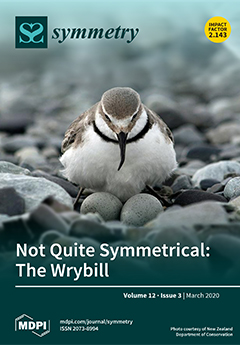Numerical simulations are performed to examine the effect of size of control rods (d1) and spacing ratio (g) on flow around a square rod with upstream and downstream control rods aligned in-line using the lattice Boltzmann method (LBM). The Reynolds number (Re) is fixed at Re = 160, while the spacing between the main rod and control rods is taken in the range 1 ≤ g ≤ 5 and the size of the control rod is varied between 4 and 20. Seven different types of flow mods are observed in this study at different values of g and d1. Variation in force statistics, like mean drag coefficient (C
dmean), Strouhal number (St), root mean square values of drag (C
drms) and lift coefficients (C
lrms), and percentage reduction in mean drag coefficient is discussed in detail. It was examined that vortex shedding completely suppressed at (g, d1) = (1, 12), (2, 12), and (2, 16) where steady flow mode exists. Moreover, it was found that at large gap spacing, where g = 5, the effect of control rods on the main rod vanishes. Due to this strong vortex shedding produced and as a result, maximum value of C
dmean is found at (g, d1) = (5, 8). The negative values of mean drag force are also observed at some gap spacing and size of control rods are due to the effect of thrust. Furthermore, the maximum percentage reduction in C
dmean is 121%, found at (g, d1) = (2, 20).
Full article





